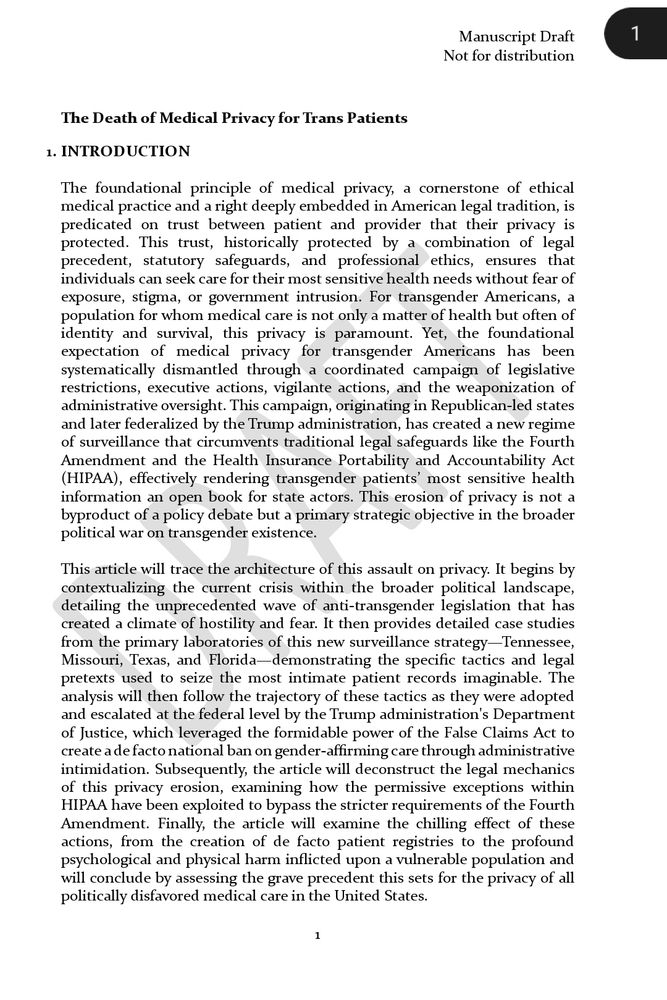
A show of games, crypts, and dungeons by Pittsburgh-based artist Lilith, one of the most influential experimental game makers imho.
This Friday + next month
LIKELIKE, Pittsburgh
likelike.org/2025/08/31/l...
![There is a computer screen with a black background showing only text with a monospaced font. The letters are various colors—eggshell blue, pale lime green, and white—with some horizontal slate grey and purple bars going across the screen and a few small numbers up against the left side in burnt orange-scarlet. Most of the screen is filled with the text "*6888888888888888888888888888888888888888888888888888888888888888888888888888888888888888888888888888888888888888888888888888888888888888888888888888888888888888888888888888888888888888888888888888888888888888888888888888888888888888888888888888888888888888888888888888888888888888888888888888888888888888888888888888888888888888888888888888888888888888888888888888888888888888888888888888888888888888888888888888888888888888888888888888888888888888888888888888888888888888888888888888888888888888888888888888888888888888888888888888888888888888888888888888888888888888888888888888888888888888888888888888888888888888888888888888888888888888888888888888888888888888888888888888888888888888888888888888888888888888888888888888888888888888888888888888888888888888888888888888888888888888888888888888888888888888888888888888888888888888888888888888888888888888888888888888888888888888888888888888888888888888888888888888888888888888888888888888888888888888888888888888888888888888888888888/54r/"8u97777777*" repeating over and over. At the bottom of the screen where the horizontal bars are, on the last six lines, it instead says things in various places like "src/modules.hpp", "197,1", "74%", "virtual std::string blank_name() const =0;", and "[Scratch] [Preview]".](https://cdn.bsky.app/img/feed_thumbnail/plain/did:plc:7p5yt44ze2j3bpvw7pvat57j/bafkreiaqnk3b6wvptp7hj7jxjuztwgk4o7qn2onobifoifxailz4pwwwyq@jpeg)
![There is a computer screen with a black background showing only text with a monospaced font. The letters are mostly white, with some horizontal slate grey and purple bars going across the screen and a few small numbers up against the left side in burnt orange-scarlet. About 2/3rds of the screen is filled with the text "*6888888888888888888888888888888888888888888888888888888888888888888888888888888888888888888888888888888888888888888888888888888888888888888888888888888888888888888888888888888888888888888888888888888888888888888888888888888888888888888888888888888888888888888888888888888888888888888888888888888888888888888888888888888888888888888888888888888888888888888888888888888888888888888888888888888888888888888888888888888888888888888888888888888888888888888888888888888888888888888888888888888888888888888888888888888888888888888888888888888888888888888888888888888888888888888888888888888888888888888888888888888888888888888888888888888888888888888888888888888888888888888888888888888888888888888888888888888888888888888888888888888888888888888888888888888888888888888888888888888888888888888888888888888888888888888888888888888888888888888888888888888888888888888888888888888888888888888888888888888888888888888888888888888888888888888888888888888888888888888888888888888888888888888888888/54r/"8u97777777*" repeating over and over, but starting from the middle. Most of the remaining two thirds is filled with repeating quote marks (i.e. `"`). At the bottom of the screen where the horizontal bars are, on the last six lines, it instead says things in pale silvery green, periwinkle, eggshell blue, and white, in various places, like "src/modules.hpp", "197,1", "74%", "virtual std::string blank_name() const =0;", and "[Scratch] [Preview]".](https://cdn.bsky.app/img/feed_thumbnail/plain/did:plc:7p5yt44ze2j3bpvw7pvat57j/bafkreif5yaizkn2lapkuh7psask53cu72ir4rs56g53m3mf5ugqdtnz4pq@jpeg)

It covers how the medical privacy of trans folks has been eviscerated and how it is a model for the destruction of medical privacy for any disfavored group.

www.washingtonpost.com/nation/2025/...

www.washingtonpost.com/nation/2025/...
HERE I AM!! LOOKING PENSIVE, FEELING MELANCHOLY, PLANNING A ROBBERY, THINKING OF FRIENDS!!!!




HERE I AM!! LOOKING PENSIVE, FEELING MELANCHOLY, PLANNING A ROBBERY, THINKING OF FRIENDS!!!!
![In a New Yorker interview with CIA veteran Michael Scheuer, an author of the rendition program under the Clinton administration, writer Jane Mayer noted:
In 1995, American agents proposed the rendition program to Egypt, making clear that it had the resources to track, capture, and transport terrorist suspects globally – including access to a small fleet of aircraft. Egypt embraced the idea ... 'What was clever was that some of the senior people in Al Qaeda were Egyptian,' Scheuer said. 'It served American purposes to get these people arrested, and Egyptian purposes to get these people back, where they could be interrogated.' Technically, U.S. law requires the CIA to seek 'assurances' from foreign governments that rendered suspects won't be tortured. Scheuer told me that this was done, but he was 'not sure' if any documents confirming the arrangement were signed.[31]
Scheuer testified in 2007 before Congress that no such assurances were received.[32] He acknowledged that treatment of prisoners may not have been "up to U.S. standards":
This is a matter of no concern as the Rendition Program's goal was to protect America. The rendered fighters delivered to Middle Eastern governments are now either dead or in places from which they cannot harm America. Mission accomplished, as the saying goes.[33]
Thereafter, with the approval of President Clinton and a presidential directive (PDD 39), the CIA elected to send suspects to Egypt, where they were turned over to the Egyptian Mukhabarat.[34] (→ Tal'at Fu'ad Qasim)
(from https://en.wikipedia.org/wiki/Extraordinary_rendition#Historical_cases)](https://cdn.bsky.app/img/feed_thumbnail/plain/did:plc:7p5yt44ze2j3bpvw7pvat57j/bafkreigb3sd3xy3zjflhypr7hlsecb33r6lslhoctwwnhxh4w3ty5brchq@jpeg)
![In a New Yorker interview with CIA veteran Michael Scheuer, an author of the rendition program under the Clinton administration, writer Jane Mayer noted:
In 1995, American agents proposed the rendition program to Egypt, making clear that it had the resources to track, capture, and transport terrorist suspects globally – including access to a small fleet of aircraft. Egypt embraced the idea ... 'What was clever was that some of the senior people in Al Qaeda were Egyptian,' Scheuer said. 'It served American purposes to get these people arrested, and Egyptian purposes to get these people back, where they could be interrogated.' Technically, U.S. law requires the CIA to seek 'assurances' from foreign governments that rendered suspects won't be tortured. Scheuer told me that this was done, but he was 'not sure' if any documents confirming the arrangement were signed.[31]
Scheuer testified in 2007 before Congress that no such assurances were received.[32] He acknowledged that treatment of prisoners may not have been "up to U.S. standards":
This is a matter of no concern as the Rendition Program's goal was to protect America. The rendered fighters delivered to Middle Eastern governments are now either dead or in places from which they cannot harm America. Mission accomplished, as the saying goes.[33]
Thereafter, with the approval of President Clinton and a presidential directive (PDD 39), the CIA elected to send suspects to Egypt, where they were turned over to the Egyptian Mukhabarat.[34] (→ Tal'at Fu'ad Qasim)
(from https://en.wikipedia.org/wiki/Extraordinary_rendition#Historical_cases)](https://cdn.bsky.app/img/feed_thumbnail/plain/did:plc:7p5yt44ze2j3bpvw7pvat57j/bafkreigb3sd3xy3zjflhypr7hlsecb33r6lslhoctwwnhxh4w3ty5brchq@jpeg)

store.steampowered.com/app/2826670/...
#GameDev #IndieGame #IndieDev #GameTeaser

(raw: spinnylights.net/misc/morning...)

(raw: spinnylights.net/misc/morning...)






